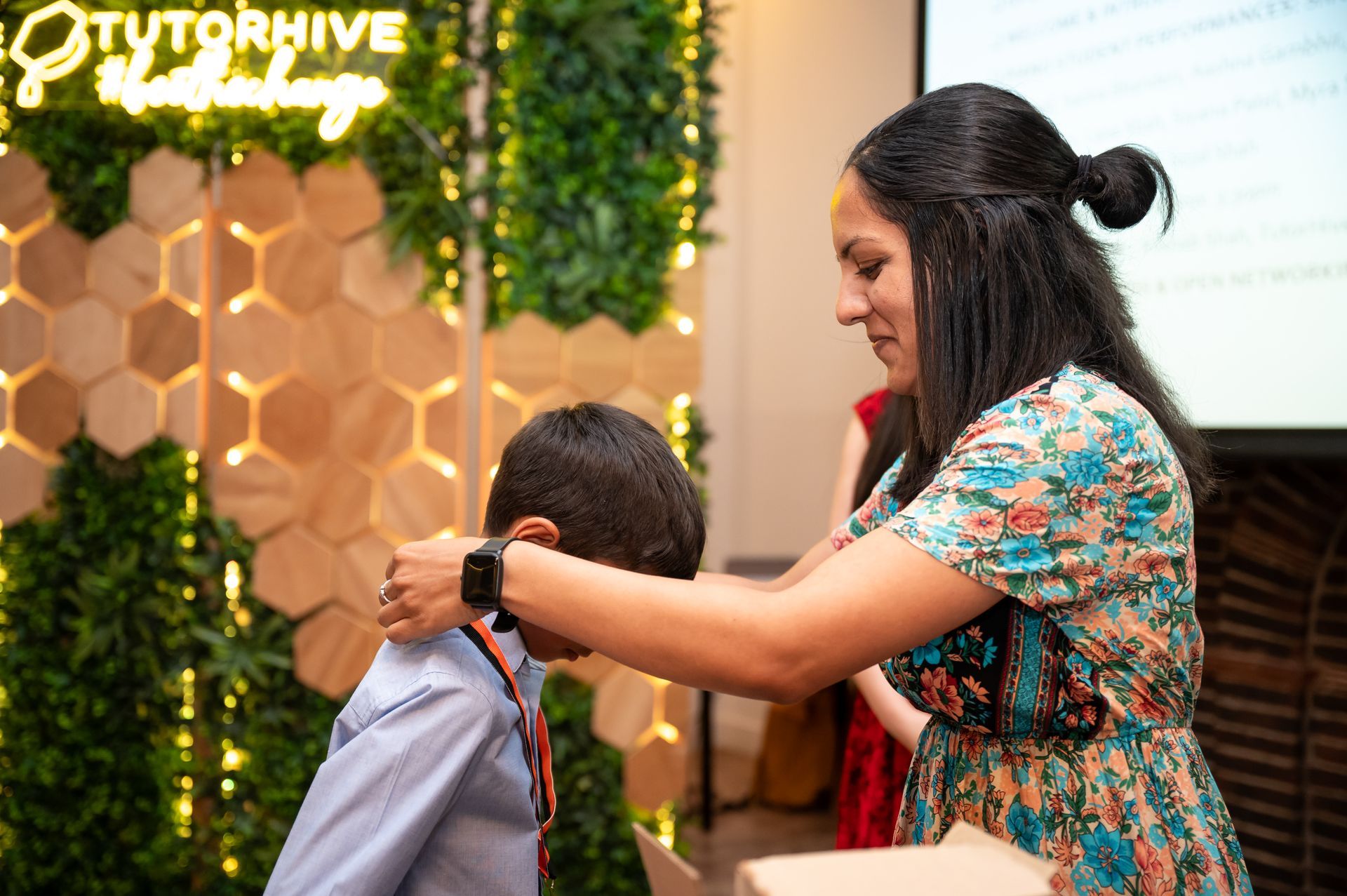Key Sounds UK • October 4, 2018
PITCH

Pitch is how high or low one plays on a musical instrument. When we’re talking about a piano, this is in direct reference to what note is being played.
Notes towards the left hand side produce lower in pitch and notes on the right hand side produce a higher sound. The lower side of the piano tends to be louder and the higher side tends to be quieter. Therefore, one has to develop a sense of control as they play in different regions of the piano.
Pitch is crucial because in an instrumental or music theory exam pitch is included in the following areas:
 Key and Tonality
Key and Tonality
 Scales and Arpeggios
Scales and Arpeggios
 Chords
Chords
 Cadences
Cadences
 Clefs
Clefs
 Intervals
Intervals
 Transposition
Transposition
As learnt about by
ABRSM
pitch is one of the five main elements an examiner looks for in a musician, so be sure to spend some quality time working on both understanding and practising various pitches on your instrument!
For more tips and tricks follow us on Instagram: @keysoundsuk or Facebook: www.facebook.com/keysoundsuk
The post TIME appeared first on Key Sounds UK.

We hear this often from parents: “My child loved the first few videos but then it all went off-track.” Most free and paid piano content online doesn’t follow a clear path. It might teach one song well, but the next video jumps to something completely different, leaving kids (and parents!) unsure what to do next. For a beginner, that lack of direction can be discouraging. That’s why we’ve created a course for 5–8 year olds that keeps things simple and consistent. Launching at the end of July, it teaches foundational knowledge in small, achievable steps starting with letter names and hand placement, and progressing to slow and fast play with recognisable songs your child will actually want to learn. The result? Clear progression and a real sense of achievement. If you’d like to find out more or see if it’s the right fit for your child, just send us a message. We’re happy to talk through how the course works and how you can get involved. Contact us using our form: www.keysoundsuk.com/contact

If your child has bounced between piano apps, videos, or beginner books, you’re not alone. Many parents tell us the same thing: “They were excited at first, but then it faded.” The reason? Most courses aren’t designed with young children in mind. They move too quickly, expect too much too soon, or lack the structure kids need to feel like they’re making real progress. At this age, children learn best when lessons feel familiar, repetitive in a good way, and include songs they recognise and love. That’s the thinking behind our new online course for 5–8s, launching this July. It’s built around how young kids actually learn slow, clear steps; songs they already enjoy; and a friendly guide through every hand movement, letter name, and rhythm. If you're looking for something a bit more thoughtful than YouTube scrolling and random tutorials, feel free to reach out. We'd love to tell you more and help you see if this fits your child’s learning style. Contact us using our form: www.keysoundsuk.com/contact

Piano apps are a brilliant way to get children engaged. They're interactive, colourful, and often the first step toward a real interest in music. At Key Sounds UK, we’ve seen many young learners light up with motivation after spending time on apps. They can boost early excitement, especially for beginners or those still deciding if piano is “their thing.” But for all their benefits, apps can only take a student so far. While they’re great for practising basics or learning short tunes, most apps don’t cover the foundational skills that support real, long-term progress like proper technique, musical interpretation, or deeper theory understanding. Many of these aspects are important for both students eventually interested in exams or interested in learning for expression. Students often hit a wall, becoming frustrated or bored when they don’t know how to move forward. That’s where a skilled, in-person teacher makes the difference. We don’t just teach songs we connect the why behind the music and adapt lessons in real-time to how a child learns best. Action Tips for Parents: ● If your child is using a piano app, ask what they’ve learned beyond the notes. Are they just copying movements, or do they understand what they’re doing? ● Not keen on apps? A simple trick: play your child’s favourite song followed by the word “piano” on YouTube or Spotify. Just listening and engaging rhythmically can spark interest and improve timing. ● If they’ve started learning via app and are now plateauing, book a trial package with us. We specialise in helping students connect the dots between what they’ve learned online and what they can achieve in person. Get in touch to find out more information here: www.keysoundsuk.com/contact

